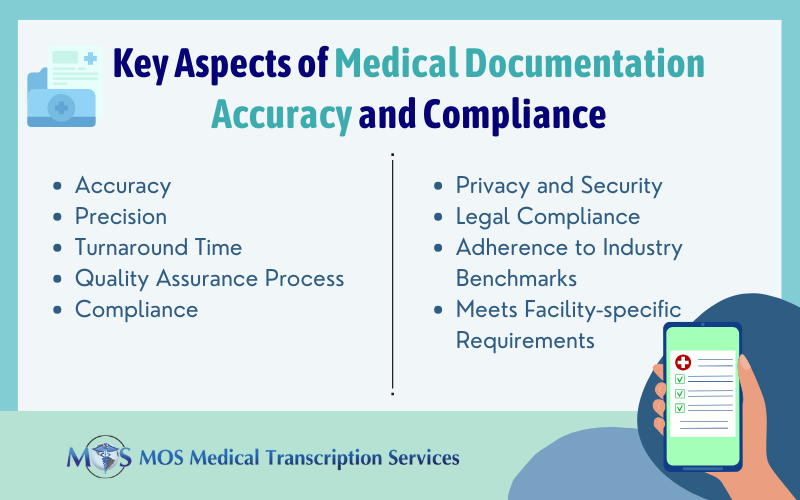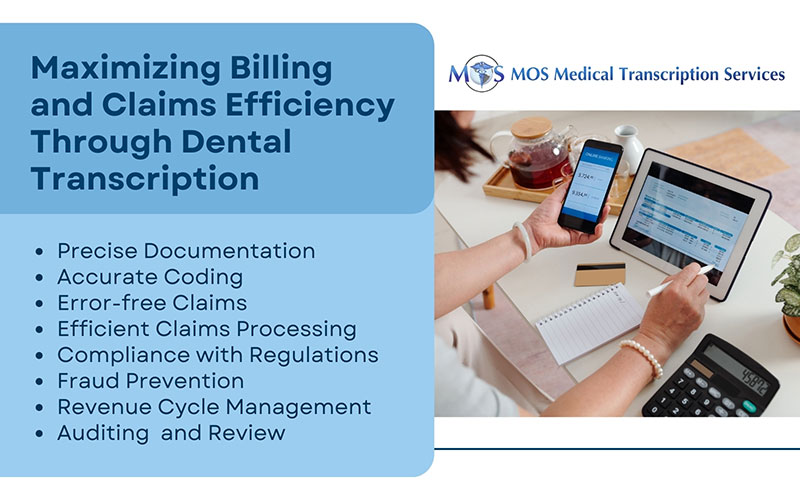 Accurate medical documentation is indispensable in any healthcare setting to ensure patient safety and appropriate care. Each patient has a number of medical records and among them the discharge summary is a very important document. It communicates a patient’s care plan to the post-hospital care team and is significant from the point of view of care provision. Physicians including residents and interns usually dictate the discharge summary and they are expected to maintain a sufficiently high standard. These discharge dictations are transcribed in-house or entrusted to a medical transcription service.
Accurate medical documentation is indispensable in any healthcare setting to ensure patient safety and appropriate care. Each patient has a number of medical records and among them the discharge summary is a very important document. It communicates a patient’s care plan to the post-hospital care team and is significant from the point of view of care provision. Physicians including residents and interns usually dictate the discharge summary and they are expected to maintain a sufficiently high standard. These discharge dictations are transcribed in-house or entrusted to a medical transcription service.
The components of a discharge summary are as follows:
- Admission date and the attending team
- Discharge date and the attending team
- Admitting diagnosis
- Discharge diagnosis
- Secondary problems
- Invasive procedures
- Consults obtained
- Admission History and Physical
- Important data from diagnostic studies
- Hospital course that should include a summary of the vital aspects of the patient’s care
- Discharge medications
- Follow-up plan
The Joint Commission has established standards describing the components each hospital discharge summary should contain, and which healthcare providers must be careful to include. These are:
- Reason for hospitalization: This should include chief complaint and a description of the initial diagnostic evaluation.
- Significant findings: These include admission and discharge diagnoses and those resolved during the hospital stay. All diagnoses must be documented in coding based diagnostic language. All possible and probable diagnoses must be listed in the discharge summary.
- Procedures and treatment provided: These include consults, procedure findings, test results, surgical findings and so on.
- Discharge condition of the patient.
- Patient and family instructions: Must include discharge medications, follow-up plans, list of all medications changed or discontinued, dietary needs, follow-up tests/procedures.
- The signature and date of service of the attending physician.
Providers must be careful not to introduce new information in the discharge summary, nor should it conflict with earlier documentation substantiated in the record. Most records are coded and billed within 24 hours of the patient’s discharge and studies show that there is a reduced risk of readmission when the discharge summary arrives before the outpatient follow-up visit takes place.
To stay compliant with CMS’ proposed changes to the Medicare Conditions of Participation, providers such as critical access hospitals, long-term acute care hospitals, inpatient rehabilitation hospitals and acute care hospitals would require a discharge plan for patients receiving observation services, patients receiving same-day surgery or procedures that require anesthesia or sedation, and patients being released from the emergency department. They have to provide the primary care physician with the discharge summary and other important information within 48 hours of discharge and pending test results within 24 hours of their availability. To ensure that the discharge summary is in keeping with the established standards and that the transcript is available in a timely manner, healthcare providers can consider outsourcing medical transcription.


